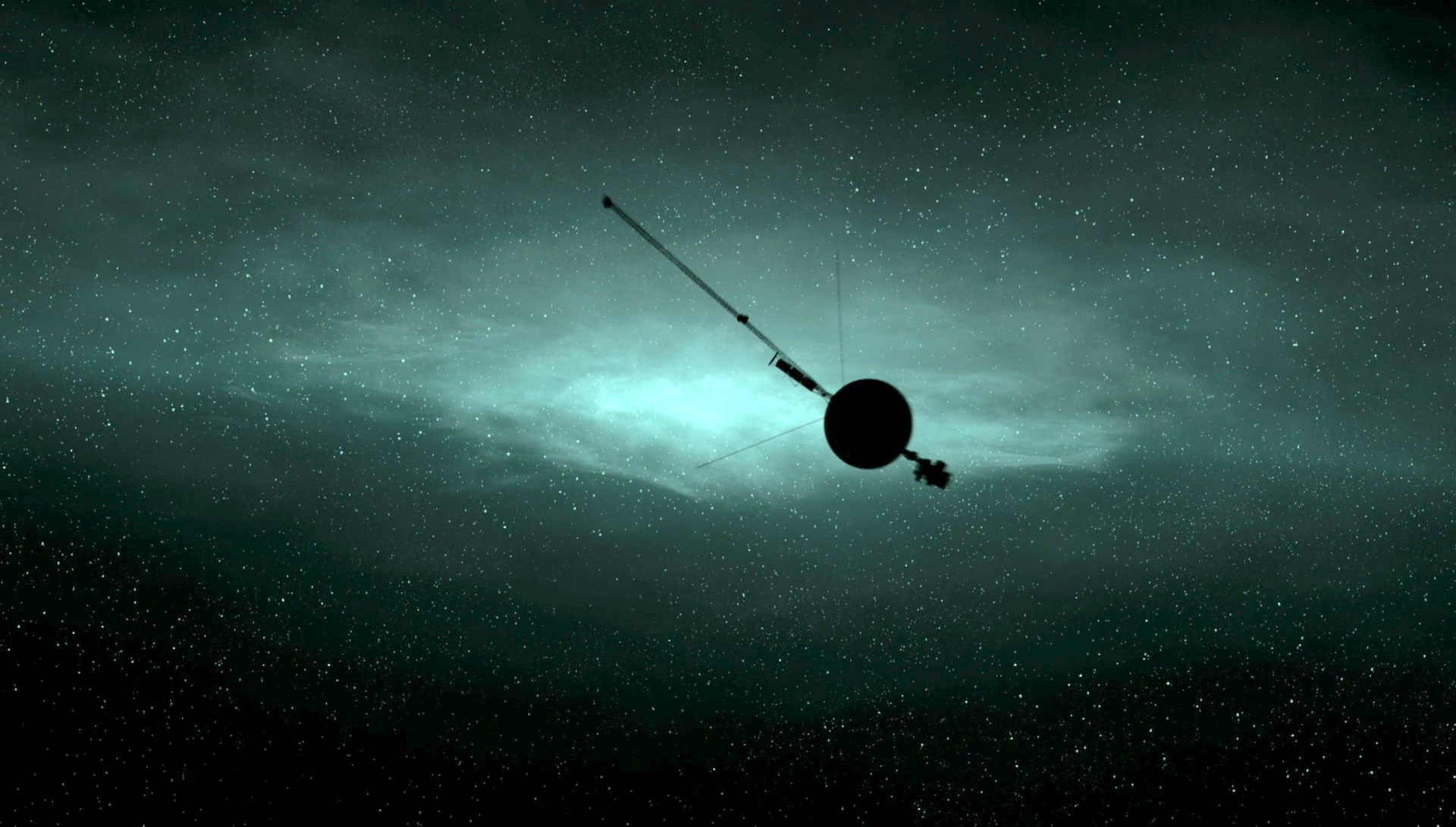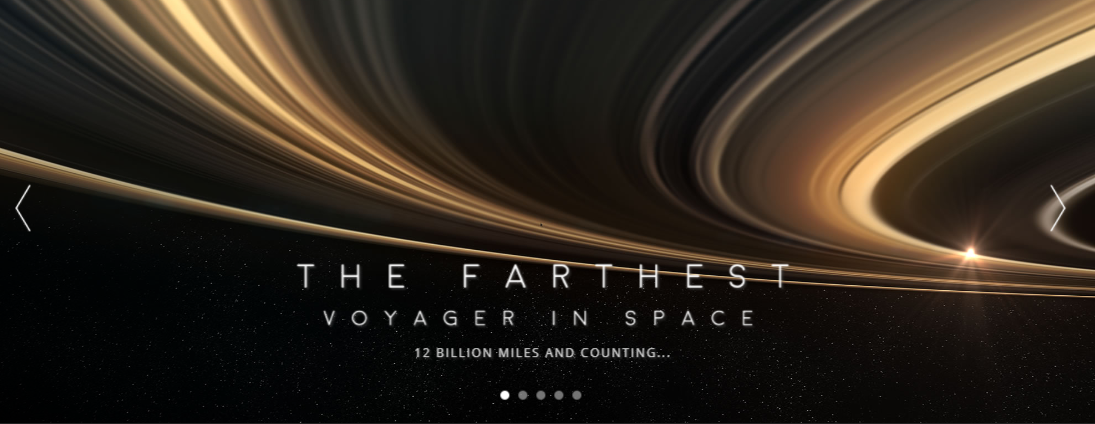Humans have been fascinated by the limitless space from the beginning. It makes one wonder what lies in outer space. NASA has played a critical role in making us understand outer space more effectively.
The documentary “The Farthest”, directed by Emer Reynolds, encompasses the achievements of all the brilliant scientists and engineers who played their part in sending Voyager 1 & 2 into space.
Voyagers I & II were launched into space in 1977. At that time, with limited technology, this launch was considered the most successful feat of humankind to reach outer space.
The Voyager 1 reached Saturn and its moon Titan, a billion miles away from the Earth in 1980. While Voyager 2 reached Uranus and Neptune in 1986. In 2012, first time in human history, Voyager 1 (a man-made object) crossed the solar system and entered interstellar space. Voyager 1 is still going beyond infinity and sends signals to Earth. Meanwhile, Voyager 2 is on its way back to Earth.
Voyager 1 spacecraft has a golden disc enclosed in both vessels that contained greeting messages in various languages of Earth, different pieces of music from cultures around the globe, and diagrams. These were sent in space to connect to living beings in outer space if there is any.

The documentary released in 2017 covers interviews of several scientists and team laypersons who contributed to creating the golden disc. One of the engineers named Linda Morabito shows her excitement as “I had the first evidence of active volcanism beyond Earth”. This was when she got the signal from Voyager showing volcano eruptions on Jupiter.
The Farthest took a whole three decades to formulate and display the most up-to-date information about the journey of both Voyager spacecraft. It shows how space science is stimulating and enthralling.
The journey that took about 40 years is described by an imaging specialist, Brad Smith, as “We did something really, really great”. We thanked NASA, the director, scientists, engineers, and experts involved in the project and made this mission possible. We tapped the potential technology in the 1970s and explored the universe beyond our solar system.
Voyager 1 spacecraft has a golden disc enclosed in both vessels that contained greeting messages in various languages of Earth, different pieces of music from cultures around the globe, and diagrams. These were sent in space to connect to living beings in outer space if there is any.
At one point, this documentary makes you feel proud. Humans planned such a feat of reaching farthest and consequently accomplished it. The imagery used in the documentary shows the beauty of the outer planets in our solar system. The documentary is packed with facts, stats, and exquisite visuals as well.
The documentary is not only captivating from an informational point of view, but it also put such a powerful, unexpected emotional impact on the viewers. It grabs the viewer’s senses from start to end and gives hope to the future of space exploration.
The Farthest is an engaging, inspirational documentary that leaves viewers in awe. I will highly recommend this documentary to all space sciences enthusiasts —A must-watch for those who wander into space.
Also, Read: Documentary Review: “Before the Flood”

Laiba is a Biochemist (MS) from Quaid-i-Azam University, Islamabad. Being a movie enthusiast, she’s been reviewing science-related movies and documentaries. She has been a part of our team since the founding days of Scientia.

